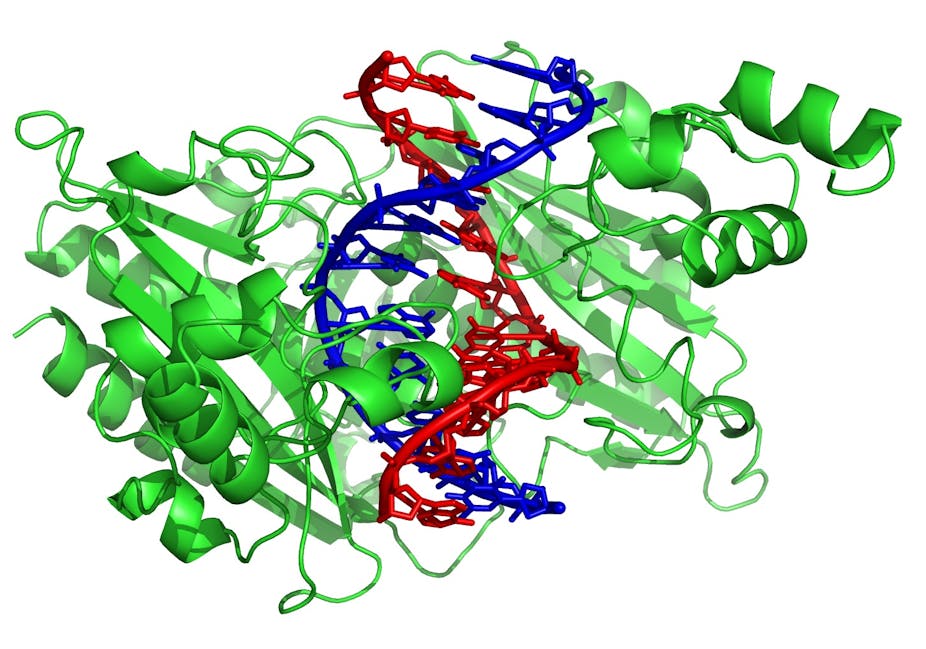In a rare double, another Nobel Prize has gone to scientists who build models. The 2013 Nobel Prize in Chemistry was awarded to Martin Karplus, Michael Levitt and Arieh Warshel for their work that enables modelling complex chemical reactions on computers.
Scientists build models to understand the world. Those models that survive experiments get widely used. The 2013 Physics Nobel Prize recognised one such feat, where the Higgs boson helped prove that the best-known Standard Model works. Many physicists will be quick to point out that Peter Higgs and François Englert did this by using merely a paper and pen.
To develop their theories, physicists can treat subatomic particles in isolation and then generalise their calculations. Developments in quantum mechanics, the science of the microscopic, mean the behaviour of these particles is quite well-understood. Chemists, however, have to deal with the messiness of the real world, where the number of atoms and the particles within them is large. That is why they rely on computers to do their calculations.
Chemical reactions involve the movement of electrons as atoms interact. Applying quantum mechanics to the reactions of small molecules (containing a handful of atoms) is possible using current computational power. Researchers who developed methods to do that received a Nobel Prize in 1998. But if the molecules that need to be modelled become larger, like proteins which contain thousands of atoms, even current computational power is not up to the task.
This year’s prize went to researchers for making that process easier. They developed methods to deal with the growing complexity of reactions of bigger molecules. They achieved this by marrying two different methods of understanding molecules: quantum mechanics (QM) and molecular mechanics (MM).
MM is based on the classical physics developed by Isaac Newton. It works to explain how large molecules behave (bend, move, vibrate or rotate). In the 1970s, at the Weizmann Institute of Science in Israel, Warshel and Levitt had worked to develop computer programs to use classical physics to model these big molecules.
Then, on completing his PhD, Warshel started working with Karplus at Harvard University. So far Karplus had been dealing with small molecules using QM, but with Warshel he started developing programs to combine the two methods.
They found that a hybrid method improved accuracy without stretching computational power to its limits. Dominic Tildesley, president-elect of the Royal Society of Chemistry, explained: “Computer experiments now combine the quantum mechanics of making and breaking bonds with the classical mechanics of the movement of proteins. Their programs modelled the active parts of a molecule (where the reaction took place) more accurately using QM and the rest with MM. This marriage led to what is commonly known as the QM/MM approach.
"Today QM/MM is very widely used,” Jeremy Harvey at the University of Bristol, said. “Chemists, biochemists, geochemists and chemical engineers all use it.” Its application has helped develop better drugs, improve environmental models and understand the oceans. Since the 1980s, incremental developments to programs and vastly improved computing power has led to the explosion of the use of QM/MM.
But models are only good if they reflect reality. “That is why computational chemists and experimental chemists talk to each other regularly,” Harvey said, “feeding into each others work.” Thirty years ago this did not happen. The prize recognises how researchers ushered chemistry into the computer age.

